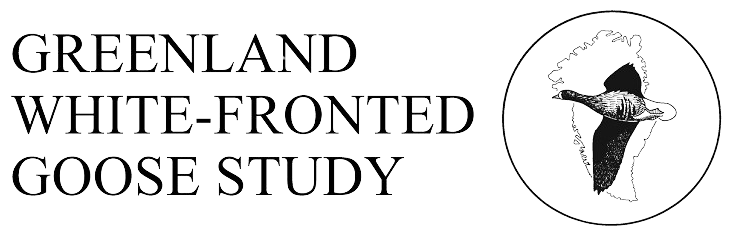History
Not very clear. A-W (1963) reported that probably 100 wintered, and certainly prior to the 1940s there does seem to have been a regular wintering flock of White-fronted Geese in Morecambe Bay. They were assumed to be Greenland birds, but the accounts are confused, as elsewhere, by reports of Russian White-fronted Geese from the same area. There have been very few records from since the Second World War. R&O (1979) reported that during the period 1961-1970 the largest flock seen was 16, with an average annual peak of 4. More recently, individual birds or small flocks are located occasionally (but more or less annually) with flocks of Pink-footed Geese in Lancashire. There is no evidence to suggest that these individuals constitute traditional groups of returning White-fronts. One collared bird ringed at Wexford spent much of one winter with Pink-feet on the south Lancashire Mosses. Similarly, a few Greenland White-fronts also occur in grey goose flocks in eastern Scotland (Aberdeenshire and Perthshire, Steele 1986) but again this area does not constitute a regular wintering site and hence is not featured here.
Status
Extinct as regular traditional site, although reports of birds continue because of the large numbers of Pink-footed Geese in the area, and the observer effort (R&O “a”). There may have been an increase in recent reports from this area not so much because the Lancashire Mosses constitute a regular resort, but simply because of the increased number of Pink-footed Geese in the area which attracts more sharp eyed observers who find stragglers of other species in their midst. For this reason, there seems little grounds for thinking this represents a regular site for the population.
References
Steele, J.G. (1986) Greenland White-fronted Geese in East Scotland grey goose flocks. pp.13. In: GWGS. Greenland White-fronted Geese in Britain 1985-86. GWGS, Aberystwyth.
